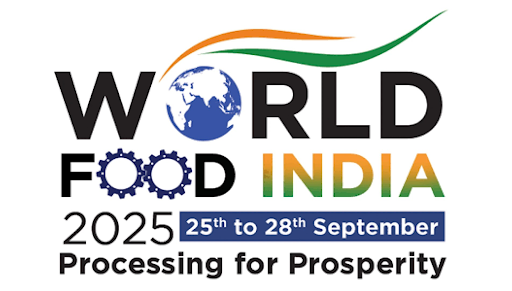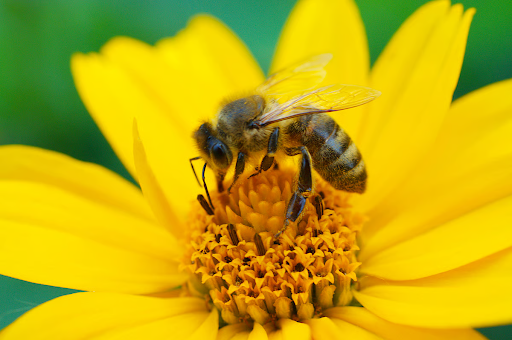





Disclaimer: Copyright infringement is not intended.
The Union Cabinet approved seven schemes at a total outlay of Rs 14,235.30 Crore.
Read about agristack:https://www.iasgyan.in/daily-current-affairs/india-digital-ecosystem-of-agriculture-idea-42
Read about livestock sector in India:https://www.iasgyan.in/daily-current-affairs/livestock-sector-in-india#:~:text=The%20livestock%20sector%20contributed%20approximately,22%20(at%20constant%20prices).
Read about horticulture in India:https://www.iasgyan.in/daily-current-affairs/national-horticulture-board
with an outlay of Rs 1,202 crore
Read about KVKs:https://www.iasgyan.in/daily-current-affairs/krishi-vigyan-kendra-kvk#:~:text=A%20Krishi%20Vigyan%20Kendra%20(KVK,in%20a%20practical%2C%20localized%20setting.
with an outlay of Rs 1,115 crore
Digital Public Infrastructure or DPI●It is an evolving concept, but there is growing consensus on it being a combination of(i) networked open technology standards built for public interest,(ii) enabling governance, and(iii) a community of innovative and competitive market players working to drive innovation, especially across public programmes.●In other words it is an interoperable, inclusive and open standard based ecommerce marketplace that enables effortless product visibility and efficient sale transactions between the buyer and seller applications. ●DPI serves as the foundation for the deployment of essential digital services to citizens and users, to bridge the gap between technology and the public.●India's Open Network for Digital Commerce (ONDC) is an example of an open network DPI. For more details on DPI refer: https://www.iasgyan.in/daily-current-affairs/digital-public-infrastructure |
Important articles for reference
https://www.iasgyan.in/daily-current-affairs/agriculture-infrastructure-fund-49
https://www.iasgyan.in/daily-current-affairs/should-india-focus-on-natural-farming-exploring-alternative-perspectives
Sources:
https://pib.gov.in/PressReleasePage.aspx?PRID=2050900
https://www.undp.org/digital/digital-public-infrastructure
|
PRACTICE QUESTION Q) Recently seven new schemes for agriculture has been approved in India, In this context consider the following statements:
How many of the statements given above is/are correct? (a) Only one (d) None
Answer: (a)
Explanation Statement 1 is incorrect and 3 is correct: Crop science for food and nutritional security initiative will prepare farmers for climate resilience and provide for food security by 2047 not 2030. It has following pillars:
Statement 2 is incorrect: The Digital Agriculture Mission is based on the structure of Digital Public Infrastructure. |




© 2025 iasgyan. All right reserved